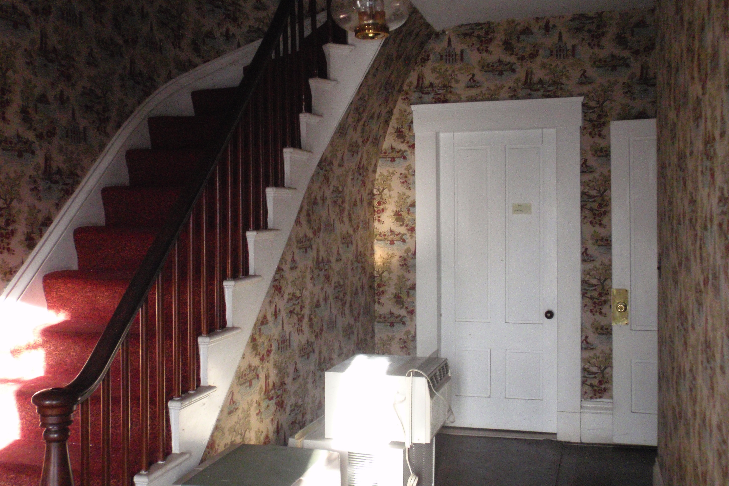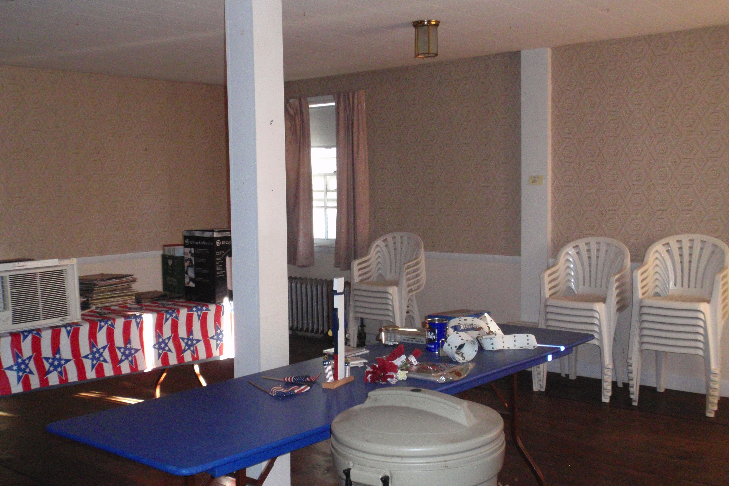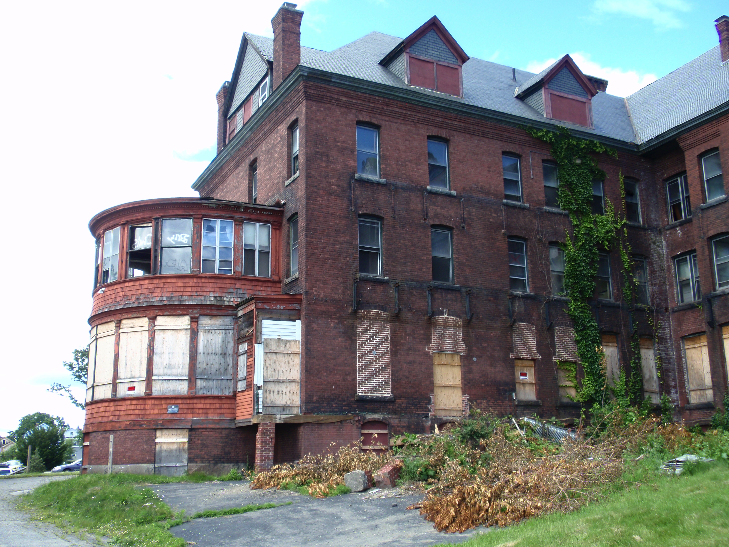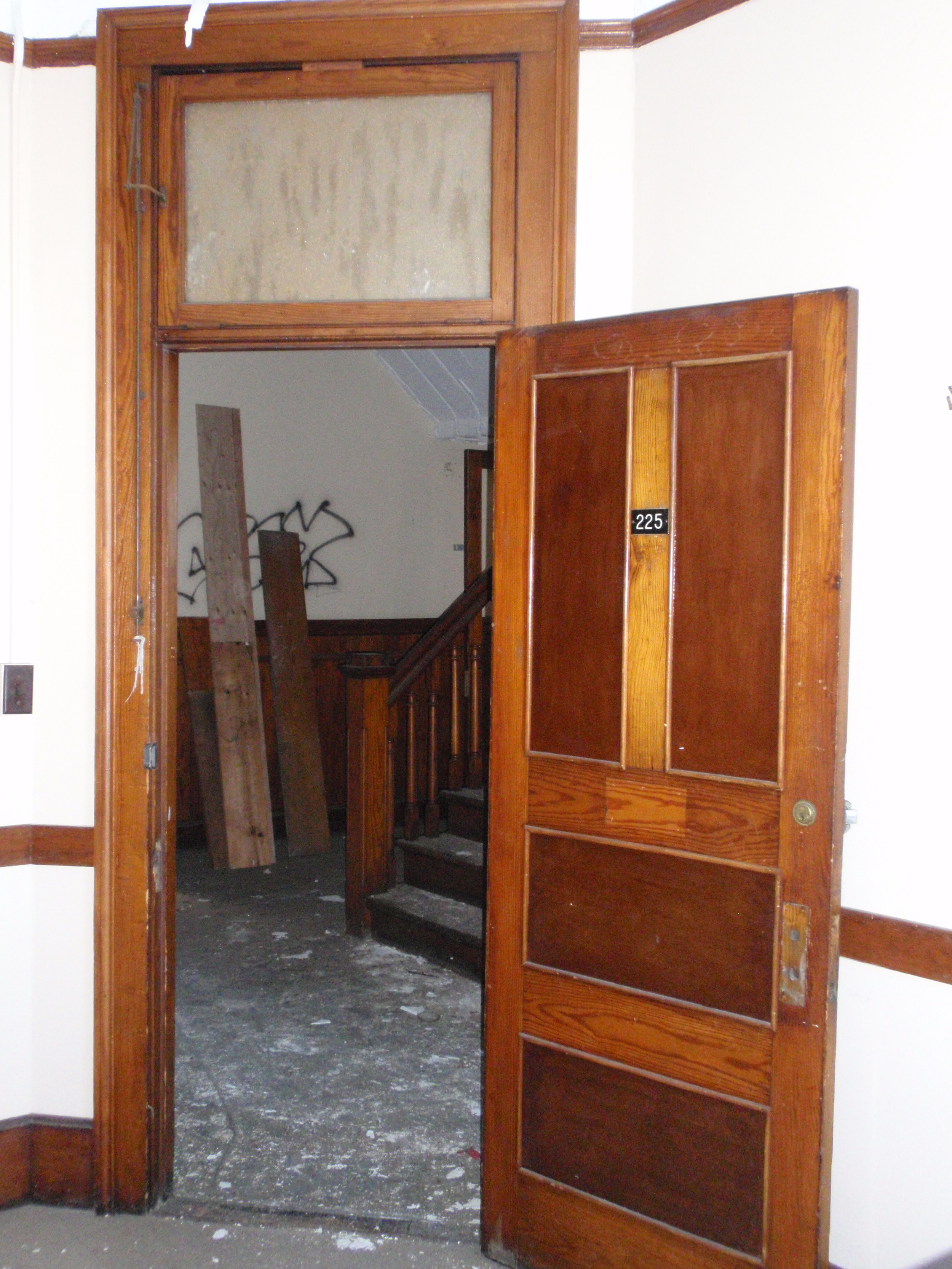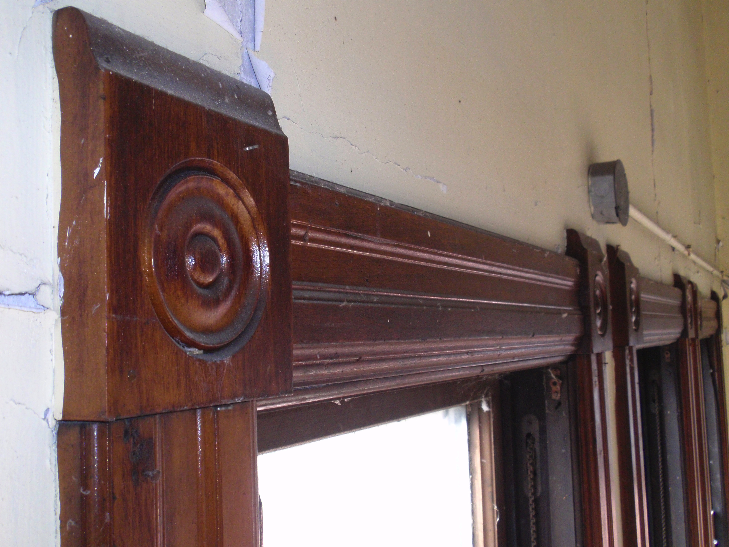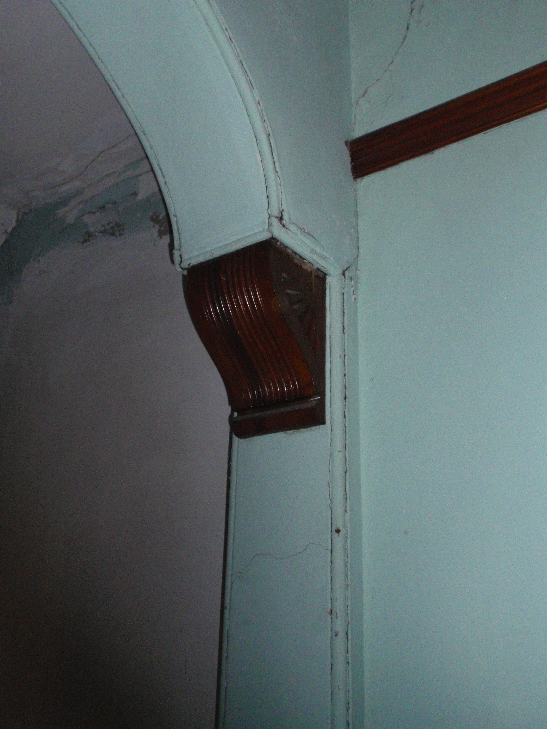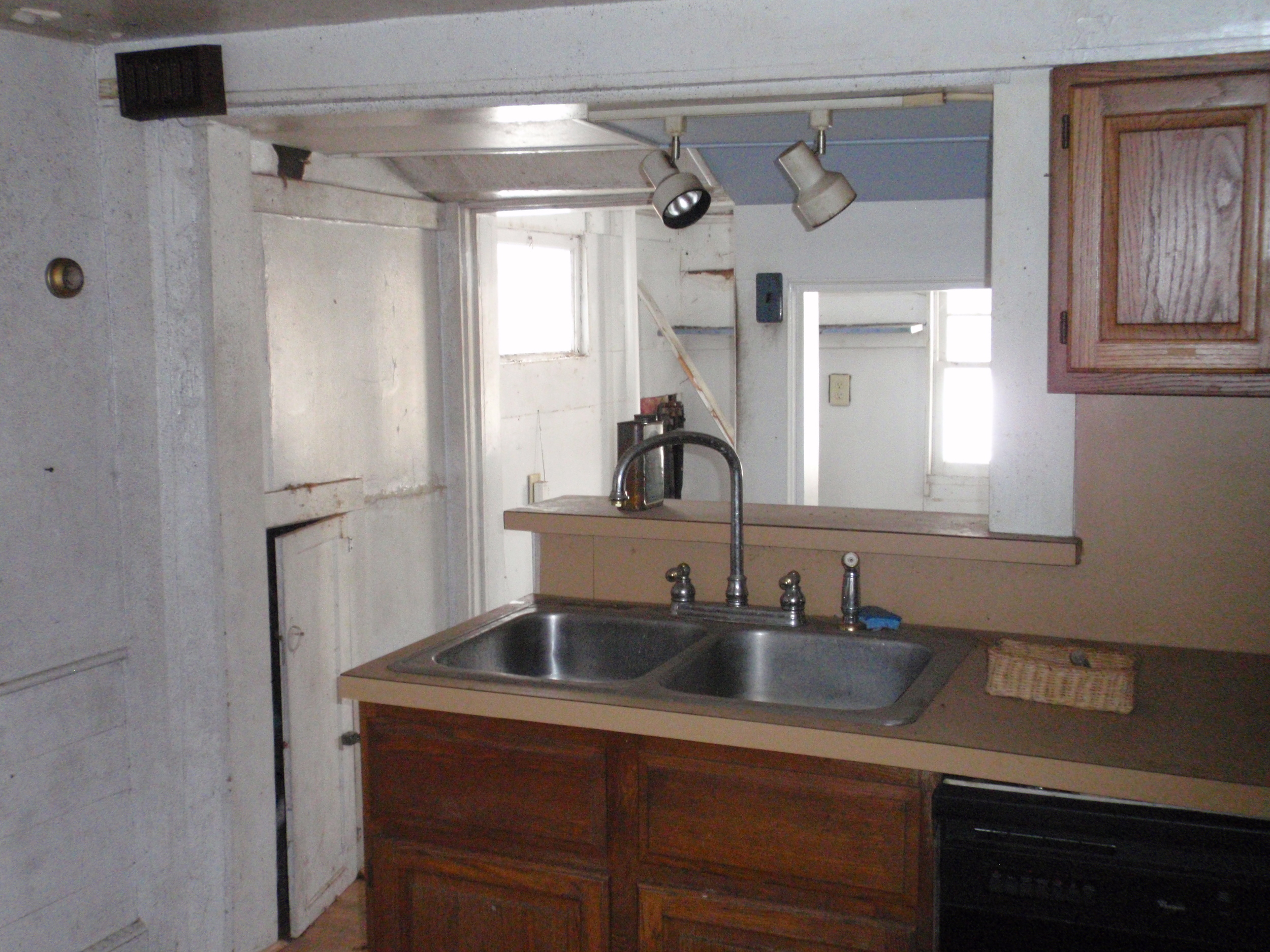Lately I’ve had several conversations with folks discussing the issues with Massachusetts’ Historic Districts Act, G.L. c. 40C. While we were lucky to have one of the earliest enabling legislations for local historic districts, the Act, established in 1960, has struggled to keep up with changing local preservation needs.
First, some of the highlights of 40C: since it was adopted before the National Historic Preservation Act established the National Register of Historic Places in 1966, 40C does not set out any specific criteria or thresholds that historic resources must meet in order to be designated a local historic district. In other states, the four National Register criteria, and sometimes additional state or local criteria, are used to judge what properties can or cannot be designated a local historic district. This allows for more flexibility in Massachusetts, especially as the preservation movement in the 21st century has shifted away from a strict focus on materiality and towards an interest in cultural preservation. Even if a building is not a perfect example of an architectural style or has been altered, here in Massachusetts, if a local historic district study committee can make the case for its preservation to town meeting voters or city council, the building can be protected as a local historic district.
Andover recently adopted a local historic district to protect a number of architecturally-significant houses along Central Street.
A second good piece of 40C, again because it was adopted before the National Register was established, is that it does not distinguish between contributing and non-contributing resources, as the National Register does. When a National Register nomination is prepared, a period of significance is established; essentially, the period of time for which the district or property is significant, when the events that are important to its history happened or when its architecturally-significant buildings were constructed. Then, the National Register nomination will sort resources within a district into two categories, contributing or non-contributing, based on whether they fall inside or outside that period of significance – does the resource contribute, or not, to the district’s history. (A case could be made that all resources contribute to an area’s history, but that is a blog post for another time!) Massachusetts does not do this sorting for local historic districts, meaning that all properties in a local historic district are afforded the same level of significance, and the same level of review. Ultimately this provides more protection for resources that are significant, as it allows for review over the resource’s full setting, not just its individual parcel.
Now, some of the stumbling blocks that have become more apparent in recent years. 40C mandates a very high, very detailed level of review. When a community establishes a local historic district, 40C does allow for the exemption of certainly categories of changes. But these are primarily smaller, temporary features that are easily reversible or do not have much of an impact on a historic resource’s material integrity. There is a process by which local historic district commissions can exempt other proposed changes from review, but this can only occur after the local historic district is established. If a community wants to protect their historic resources, but does not want the high level of review mandated by 40C, they might choose not to adopt a local historic district at all.
A recent attempt to establish the first local historic district in Ashland failed, achieving a majority of votes at Town Meeting but not the two-thirds required to establish local historic districts.
Along the lines of establishing a district, 40C is not clear on what happens if a town meeting or city council vote results in a “no.” Is that the end of that proposal, that study report, that local historic district study committee? Likely not the study committee, as they are appointed by the select board or city council; those bodies must formally vote to disband and discontinue the study committee. But what if they aren’t disbanded? Can the study committee reuse the original study report and bring it back again? Or do they need to restart the entire process, redo the study report, and then come back to town meeting or city council for a vote? What if a study committee was appointed decades ago, prepared a draft study report, but then never moved forward with the district, and was never formally disbanded – but then twenty years later, there is interest in moving forward with the district? (Yes, an actual thing that has happened more than once recently!) In the past several years I’ve come across a couple situations where variations of this question have been an issue, and communities have handled it in a variety of ways. 40C does not speak at all to what happens when the vote is a “no” but there is still potentially interest in establishing the local historic district.
One a district is established, there are several places where 40C could use additional detail to more fully support the administration of the Act locally. 40C allows local historic district commissions the ability to issue three different kinds of certificates – appropriateness, non-applicability, and hardship. However, 40C provides little detail on when and how these various certificates should be issued. Appropriateness is relatively easy – if a proposed change is in keeping with the character of the local historic district, the historic district commission should issue the property owner a certificate of appropriateness.
40C does not address cemeteries, a common feature of local historic districts in a downtown or village setting. Does the local historic district commission need to review changes to headstones?
But what about non-applicability or hardship? 40C does not define these, and historic district commissions often struggle with them. Does a certificate of non-applicability need to be applied for and issued for every change that the historic district commission does not need to review? Ordinary repair and maintenance? Interior work? I know of at least one community where the building commissioner requires a certificate of non-applicability for interior work, even though interior work is specifically exempt from review in 40C. What about hardship – how is that defined? As that can get into financial matters, and potentially a more subjective review, many communities struggle to come up with a formula or required information that might remove some of the mystery around what, exactly, constitutes a hardship.
40C also does not allow for administrative or staff-level approval of proposed changes, even smaller things. Some communities have found ways around this, but otherwise, it is on the local historic district to hold a public hearing to review every proposed application. In communities with multiple districts, or large districts, this work can become especially onerous, and there is no easy way to relieve it.
Amendments to 40C have recently revolved around green technologies, such as solar panels. Image via Google Streetview.
40C has been amended several times in the past, most recently to add in references to solar panels and other green technologies. But perhaps it is time to rethink the Act as a whole, and consider how it could best support local historic districts in Massachusetts as we move further away from its adoption. There is always a concern about opening up state enabling legislation for preservation – what if other not supportive of preservation get the ear of legislators and significantly weaken, or remove entirely, the Act? There have been recent attempts to severely limit the review of local historic district commission via the Act. Amending 40C would certainly take a concerted effort by a strong coalition of local and statewide preservation groups to make the case for thoughtful changes to the Act. But perhaps, now that we are 65 years distant from 40C’s adoption, it is time to review the Act and make the necessary changes to keep Massachusetts at the forefront of preservation policy, just as we were in 1960.
















































